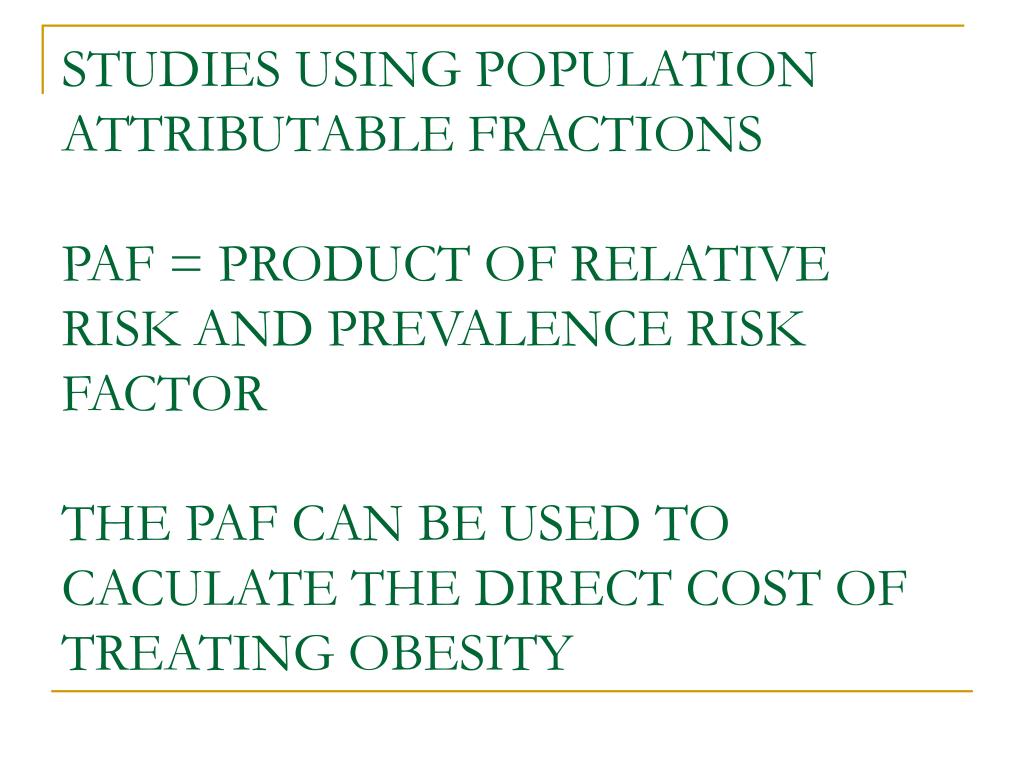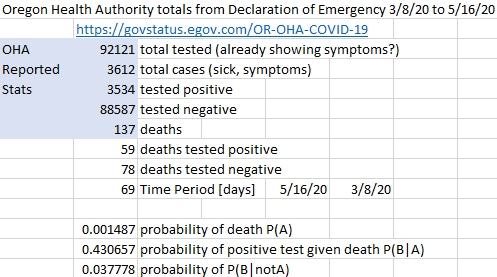
In 2004, SARS escaped from the National Institute of Virology in Beijing. In 2014 GlaxoSmithKline accidentally released 45 litres of concentrated polio virus into a river in Belgium.A US Airman claims that during a nuclear false alarm in 1962 that he himself witnessed, two airmen from one launch site were ordered to run through the underground tunnel to the launch site of another missile, with orders to shoot a lieutenant if he continued to refuse to abort the launch of his missile.During the Cuban Missile Crisis, Kennedy and Khrushchev found it so hard to communicate, and the long delays so dangerous, that they established the ‘red telephone’ system so they could write to one another directly, and better avoid future crises coming so close to the brink.This makes it a much larger contributor to total existential risk than all the natural risks like asteroids and volcanos combined. Toby estimates that ‘great power wars effectively pose more than a percentage point of existential risk over the next century.After repairs, the lab’s licence was renewed - only for another leak to occur two weeks later. An investigation found that the virus had escaped from a badly-maintained pipe. In 2007, foot-and-mouth disease, a high-risk pathogen that can only be studied in labs following the top level of biosecurity, escaped from a research facility leading to an outbreak in the UK.A recent paper estimated that even if honeybees were completely lost - and all other pollinators too - this would only create a 3 to 8 percent reduction in global crop production.But that’s not the worst pandemic to date: that’s the passage of European diseases to the Americans, which may have killed as much as 90% of the local population. In the 14th century the Black Death killed 25-50% of Europeans. In the early 20th century the Spanish Flu killed 3-6% of the world’s population.The reasoning ran that if Western powers felt the need to outlaw their use, these weapons must especially good to have. The Japanese bioweapons programme in the Second World War - which included using bubonic plague against China - was directly inspired by an anti-bioweapons treaty.Wilbur Wright predicted heavier-than-air flight was at least fifty years away - just two years before he himself invented it. Four years later Fermi himself was personally overseeing the world’s first nuclear reactor. In 1939, the renowned nuclear scientist Enrico Fermi told colleagues that a nuclear chain reaction was but a ‘remote possibility’.If we eventually burn all the fossil fuels we’re confident we can access, the leading Earth-system models suggest we’d experience 9–13☌ of warming by 2300, an absolutely catastrophic increase.As far as we know, the US President was never informed of this possibility, but similar risks were one reason Hitler stopped pursuing the Bomb. They thought this was unlikely, but many atomic scientists feared their calculations could be missing something. This would set off a self-sustaining reaction that would burn off the Earth’s oceans, killing all life above ground. Before detonating the first nuclear weapon, scientists in the Manhattan Project feared that the high temperatures in the core, unprecedented for Earth, might be able to ignite the hydrogen in water.We aren’t sure what generates gamma ray bursts but one cause may be two neutron stars colliding. It was still bright enough to be visible to the naked eye. In 2008 a ‘gamma ray burst’ reached Earth from another galaxy, 10 billion light years away.The Biological Weapons Convention - a global agreement to protect humanity - has just four employees, and a smaller budget than an average McDonald’s.


3.9 Distinction between natural and anthropogenic risks.3.3 What Toby learned while writing the book.2 Articles, books, and other media discussed in the show.


 0 kommentar(er)
0 kommentar(er)
